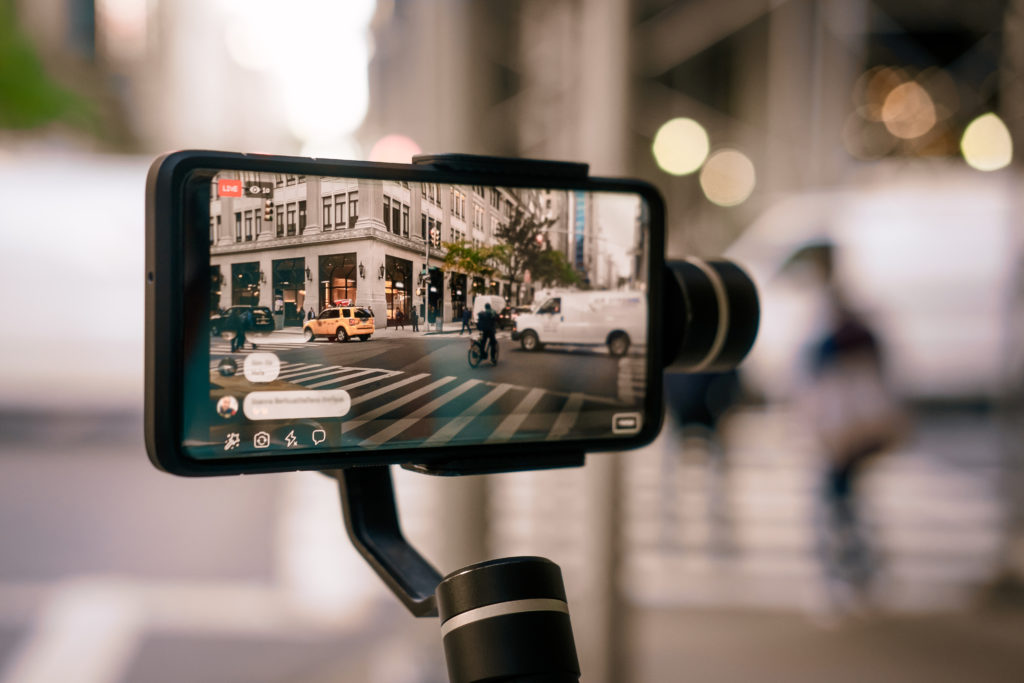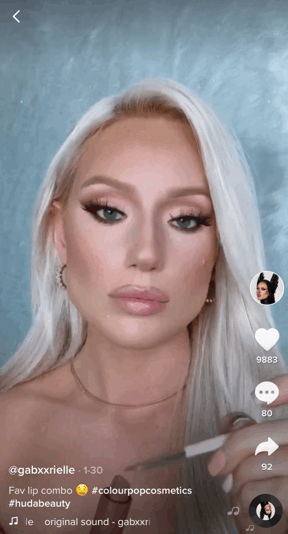Story and live-streaming apps have been the roarin’ trend of the last decade. And with networks now highlighting video as the pinnacle of their experience, users have reacted with a growing demand. But what’s a story you ask? Well, it’s not a paperback or movie tale.
Stories are now an online feed of captured moments posted to your social account for your friends and followers to view.
This new take on stories started with Snapchat, which initially introduced this concept. When the social platform took off in October of 2013, the launch of story-like imitators followed from leading platforms Instagram, Facebook and even YouTube. Today they’ve all implemented live video broadcasting features, spanning from moments to Instagram’s IGTV branch app, which allows its users to upload hour-long content.

And let’s not forget the latest videocentric social media app and craze that is now Tik Tok. Gaining tremendous traction, with 500 million active users worldwide, Tik Tok is superseding apps like LinkedIn and Twitter.
These video-focused outlets have created a whole new set of expectations from consumers, who now look for increased action, spontaneity and engagement from brands. Though these interests present a new challenge for marketers, they also create an opportunity for businesses to captivate and connect with consumers in an immediate and authentic way.
Video also offers a prime opportunity to convert consumers: 95% of whom are likely to remember a call to action from film (compared to 10% with text alone).
This is a movement you’re going to want to get with, but you’ll need to tweak your brand’s video content to meet consumer needs if you want to succeed.
Who’s watching?
Before we get to values, let’s get an overall sense of who these video-enthused consumers are.
Like the majority of active social users, they’re young and digitally savvy. Most belong to either the Gen Z (13-23) or Millennial (24-41) crowd. They’re willing and eager to interact with brands and influencers — much more than other generations. They’re also more likely to share brand-focused messages from favored influencers, trusting them to promote worthwhile brands.
What do they want?

Compared to other social users, Gen Z & Millennials place a much higher importance on belonging, experience, trust, and passion. To create an active relationship with these viewers, you’ll want to make content that emphasizes both their emotional and technical sides.
Beauty brands, for example, thrive in social video when they offer an opportunity for consumers to see products in action and on the influencers and celebrities they adore. These brands appeal to the “trust but verify” outlook Gen Z and Millennials live by, giving them an authentic experience with their products.
Though pre-recorded videos are a leap in the right direction, it’s the realness of live capture that sticks more strongly with this audience. Live video may be a new topic on our blog (keep your eyes peeled for a deeper dive) but has captivated consumers from as far back as 2016.
But why is this?
Because they crave a connection and live video streaming allows consumers a glimpse into a “behind the scenes” perspective.
With social feeds flooded with posed, edited and scripted posts, it’s the authenticity of live video that captures user attention. Creating this interaction allows viewers to feel a sense of belonging and has a perceived emotional intimacy that other content just can’t beat.
Dave Portnoy, Founder and CEO of the sports and pop culture hub, Barstool Sports, is an expert in the art that is live video. Dave streams Pizza Reviews on Instagram and Facebook. He gives a one-bite critique in a ‘man on the street style fashion, mixing his knack for impromptu comedy with the unpredictable elements of shooting live in New York City and other locations around the United States’.
The authenticity of his series has paid-off attaining a #1 spot for the company on their YouTube channel with +1.7 million views.
Considerations:
- Think about how you can show your brand in action. Use video display to assure consumers they’re making the right decision in committing to a purchase. This not only amps up engagement but helps establish a trusting relationship.
- Promote uncut and unfiltered content with influencers who aren’t afraid to show and share their true selves. Raw material humanizes your brand, which encourages consumers to connect.
In the image-obsessed world of social media, give users fresh perspectives with a shift away from the primped and posed and a focus on how your product integrates in people’s lives. When you begin to embrace the imperfections of live, spontaneous content you’ll start seeing a real response.
Sources, details, inspiration:
- https://www.forbes.com/sites/williamcraig/2018/04/24/the-growth-of-video-marketing-and-why-your-business-needs-it/#1bd36147c2d7
- https://livestream.com/blog/live-video-statistics-livestream
- https://iconoculture.cebglobal.com/SMART/Content/View.aspx?ContentID=448510
- https://www.barstoolsports.com/shows/pizza-reviews/about






